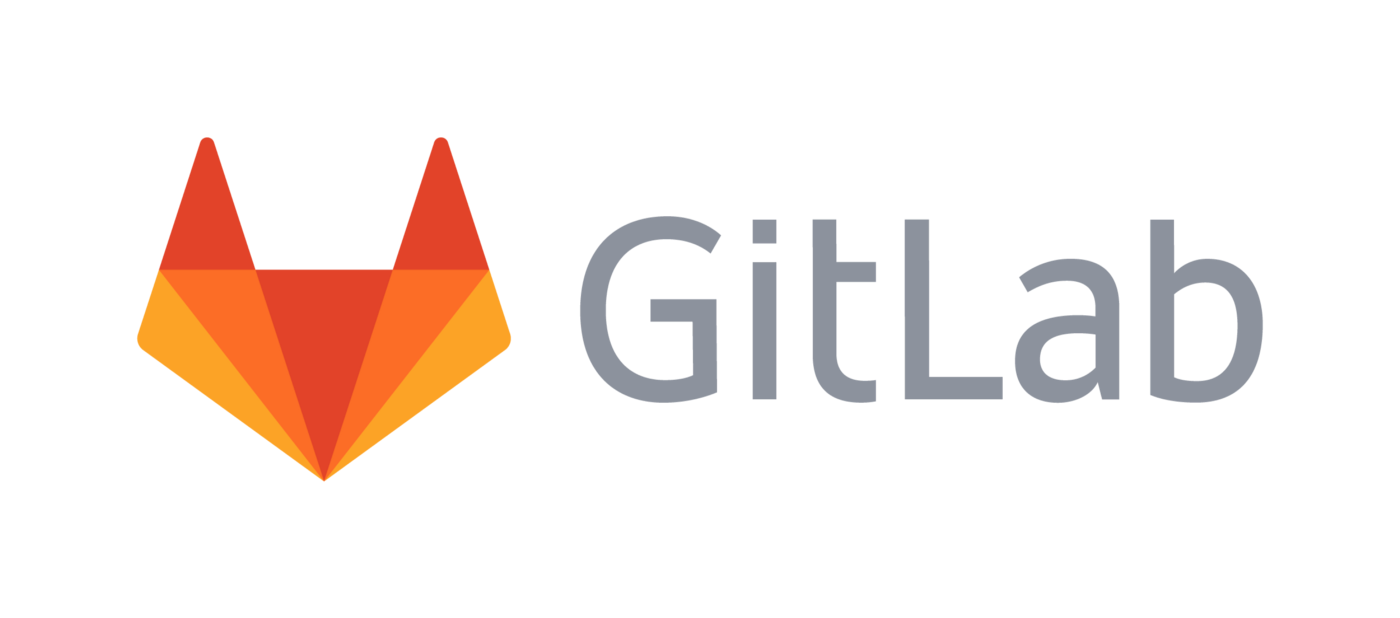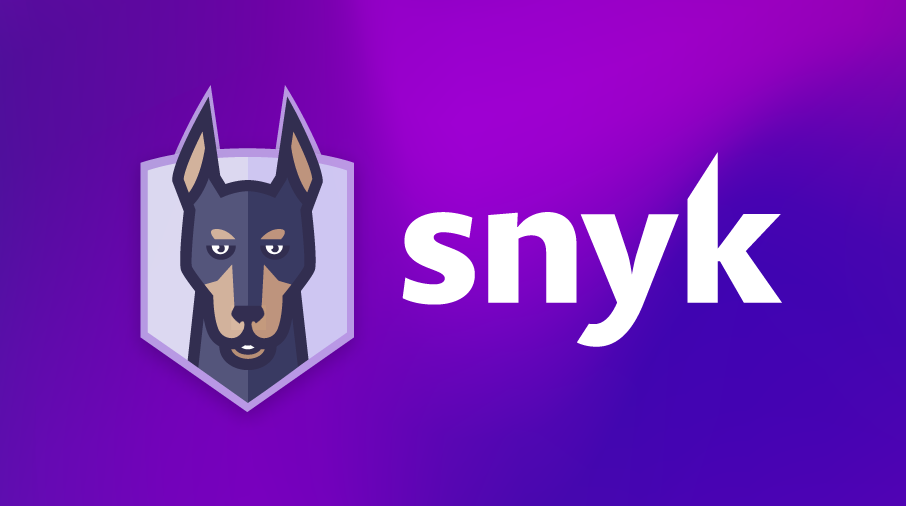Rust, a new programming language that is becoming increasingly popular among developers. It is a programming language for systems that is intended to be safe, efficient, and expressive. Rust is used to create a wide range of software, including operating systems, web browsers, databases, and other applications.

It is a multi-paradigm, general-purpose programming language designed for performance and safety, especially safe concurrency. It is syntactically similar to C++, but can guarantee memory safety by using a borrow checker that enforces ownership and borrowing. Rust is also designed to be fast, producing code that is comparable in performance to C and C++.
In this article, we will discuss some of the ways in which Rust is helping developers.
Increased performance
Rust is a compiled language, which means that it is converted to machine code before it is executed. This makes Rust programs very fast, as the machine code can be directly executed by the CPU. Second, Rust has a number of features that help to improve performance, such as:
- Zero-cost abstractions: Rust’s compiler can often optimize away abstractions, such as generics and smart pointers, without sacrificing performance. This means that developers can use these features without worrying about a performance penalty.
- Ownership and borrowing: Rust’s ownership and borrowing system helps to prevent memory leaks and other memory-related bugs. This can lead to significant performance improvements, as the garbage collector does not need to be used as frequently.
- Asynchronous programming: Rust provides built-in support for asynchronous programming, which can be used to improve the performance of concurrent applications.
Rust is also a relatively new language, which means that it is still actively being developed. The Rust team is constantly working on new features and optimizations that can further improve the performance of Rust programs.
Improved Productivity
Rust can improve productivity in a number of ways. Here are some specific examples:
- Fewer bugs: Rust’s memory safety guarantees can help developers catch and fix bugs early on before they cause problems in production. This can save a lot of time and effort spent debugging and fixing bugs.
- Faster development cycles: Rust’s fast compilation and efficient code can lead to shorter development cycles. This is because developers can spend less time waiting for code to compile and run, and more time writing and testing code.
- More reliable software: Rust’s memory safety guarantees and performance can help developers build more reliable software. This is because Rust code is less likely to crash or have other unexpected behavior.
- Happier developers: Rust is a language that is designed to be fun and enjoyable to use. Many developers find that they are more productive when they are working with a language that they enjoy.
Overall, Rust can improve productivity by helping developers write more reliable, bug-free, and efficient code. This can lead to shorter development cycles, fewer headaches, and happier developers.
Helping Developers to Write Safer Code
Rust is helping developers to write safer code in a number of ways.
- Ownership and borrowing: Rust’s ownership and borrowing system prevents common memory-related bugs, such as null pointer dereferences, buffer overflows, and dangling pointers.
- Type system: Rust has a strong type system that prevents many common type errors, such as assigning a value of the wrong type to a variable.
- Borrow checker: Rust’s borrow checker statically analyzes code to ensure that memory is used safely and that data races are not possible.
- Tooling: Rust has a number of tools that help developers to write safer code, such as the clippy linter and the Miri safety analyzer.
In addition to these features, Rust also has a number of other features that make it a good choice for writing safe code, such as:
- Immutable by default: Rust values are immutable by default, which means that they cannot be changed once they are created. This helps to prevent unexpected changes to data, which can lead to bugs.
- Move semantics: Rust’s move semantics allow for efficient transfer of ownership of data between functions, without the need for copying. This helps to reduce the risk of memory leaks and other errors.
- Lifetime annotations: Rust’s lifetime annotations allow developers to explicitly specify the lifetime of references, which helps the borrow checker to verify that references are used safely.
Tooling
Rust is a relatively new language, but it has already developed a rich ecosystem of tools. However, there are still some areas where the tooling could be improved.
One area where improvement is needed is in debugging tools. Rust’s built-in debugger is good, but it could be even better. For example, it would be helpful if the debugger could step through code more easily and provide more information about variables and expressions. Finally, Rust could also benefit from better tooling for testing and documentation. Currently, there are a number of different testing frameworks and documentation generators available for Rust, but none of them are universally accepted. This can make it difficult for developers to choose the right tools for their projects and to share their code with others.
Despite these shortcomings, Rust has come a long way in terms of tooling in a short period of time. The Rust community is actively working to improve the tooling, and there are many new tools being developed all the time.
Here are some specific examples of how the Rust tooling could be improved:
- Better IDE support, including features such as auto-completion, code navigation, and refactoring.
- More powerful debugging tools, such as the ability to step through code more easily and to inspect variables and expressions in more detail.
- A unified testing framework and documentation generator that is widely accepted by the Rust community.
- Tools to help developers write more idiomatic and efficient Rust code.
- Tools to help developers analyze their code for performance bottlenecks and security vulnerabilities.
Overall, the Rust tooling is already quite good, but there is still room for improvement. The Rust community is actively working to improve the tooling, and we can expect to see significant progress in the coming years.
Conclusion
Rust is a modern systems programming language that is gaining popularity among developers. Rust is designed to be safe, efficient, and expressive. Rust is used to build a wide variety of software, including operating systems, web browsers, databases, and more.
Rust is helping developers to write safer, more efficient, and more expressive code. Rust is a good choice for developers who are looking for a systems programming language that is both powerful and reliable.
Tags: Rust, Rust Programming Language













